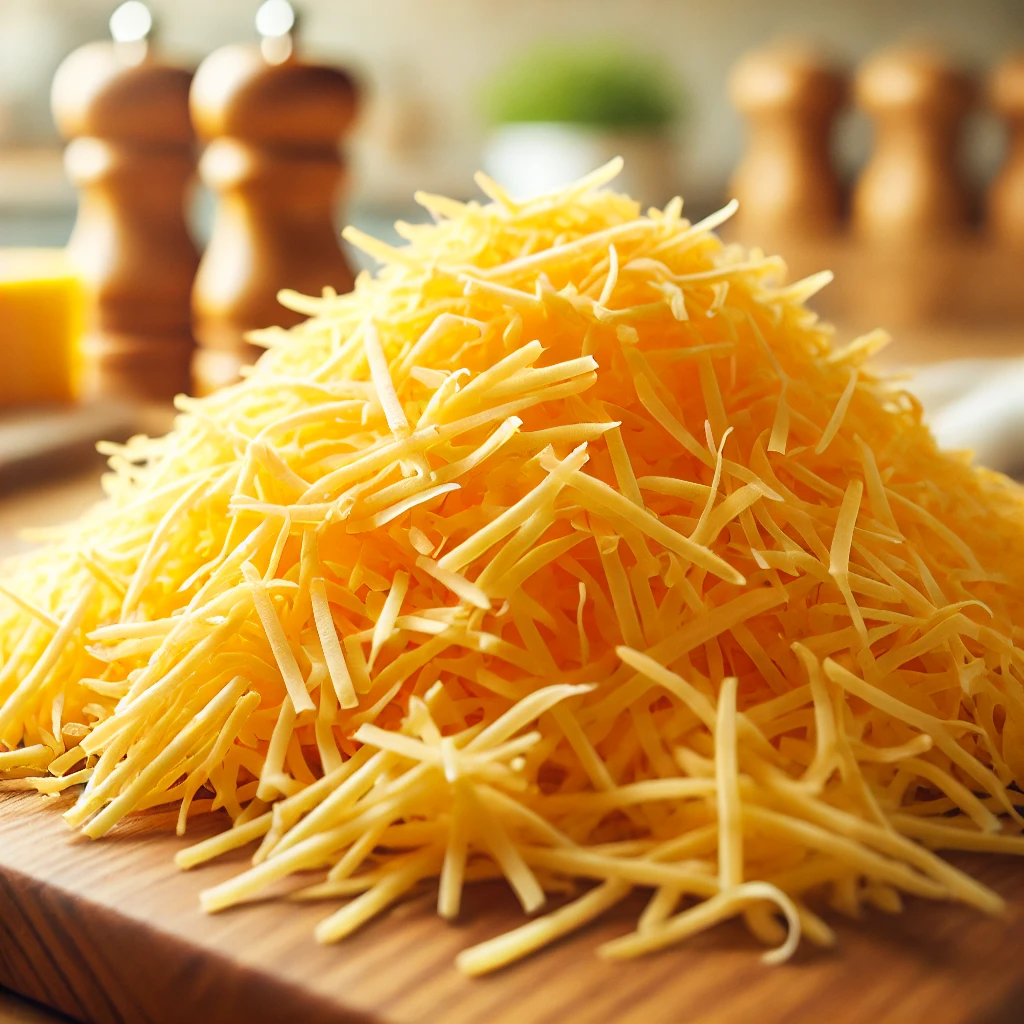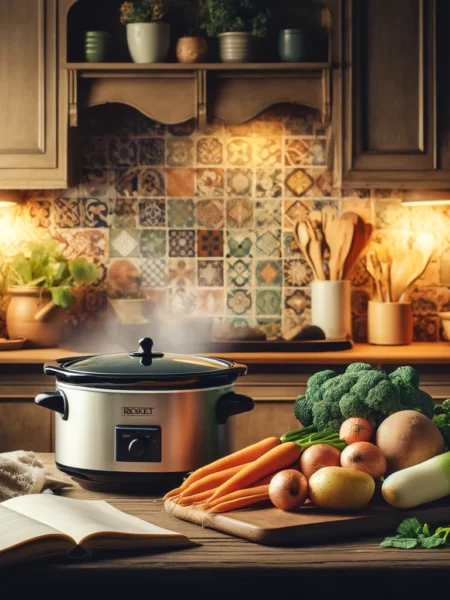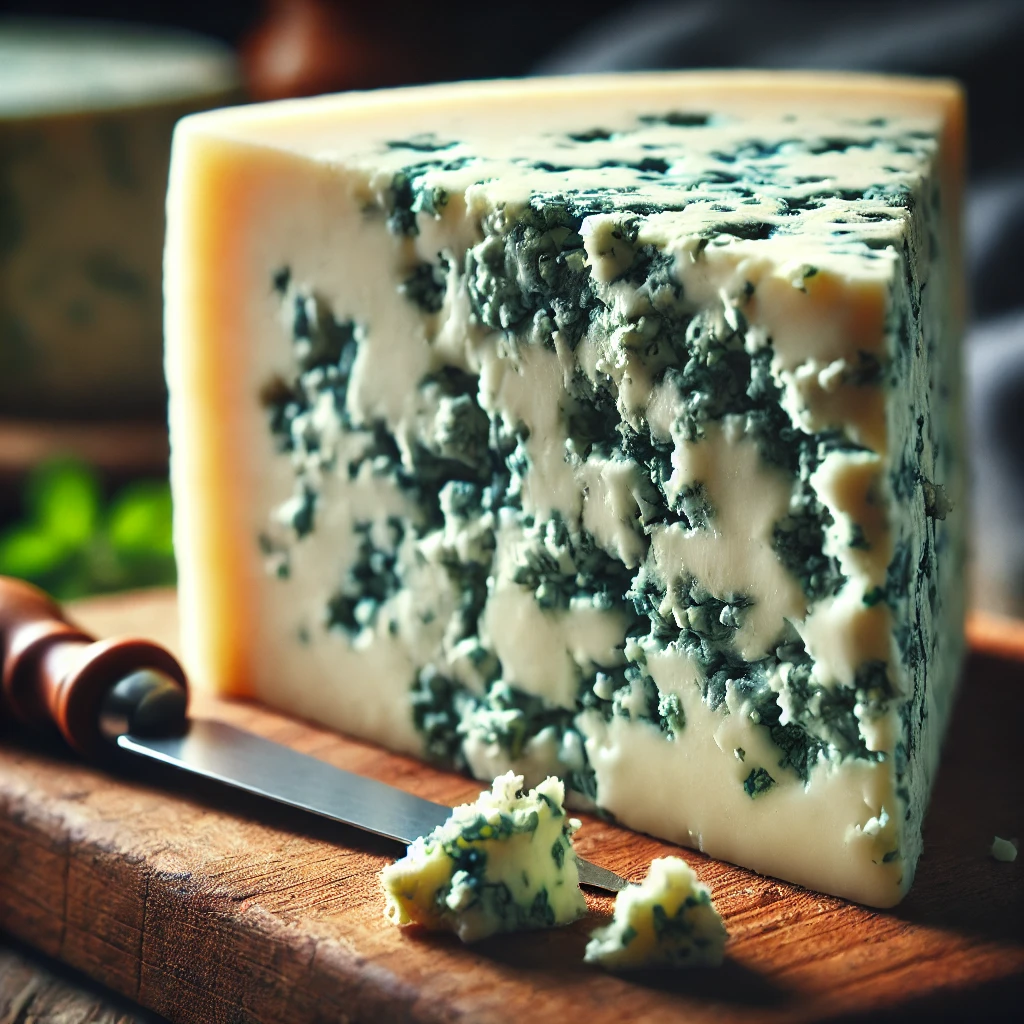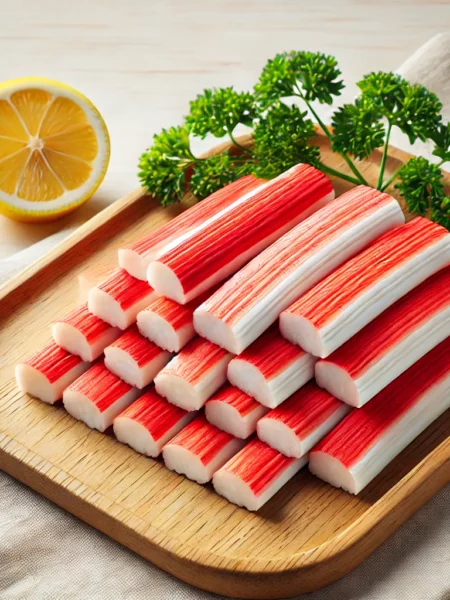What Is Gorgonzola cheese?
Description
gorgonzola
What Is Gorgonzola?
Blue cheese is known for its bold flavor, often polarizing diners — you either love it or avoid it. Italy's Gorgonzola, however, is an exception. It's the blue cheese for both fans and skeptics alike, offering a balanced mix of salty, funky, creamy, and sweet flavors. Gorgonzola has just the right amount of boldness without overpowering other elements in a dish.
History and Composition
Gorgonzola is one of Italy's oldest cheeses, made primarily from cow’s milk, although some regions use sheep or goat’s milk for a sharper taste. It gets its signature blue marbling from the Penicillium roqueforti mold. Traditionally, it's aged in humid environments to speed up mold growth. The cheese hails from Northern Italy, specifically Lombardy, an area that shares many culinary traditions with France and Switzerland.
Gorgonzola vs. Blue Cheese
While blue cheese refers to a variety of cheeses with blue or green mold veins, Gorgonzola is just one type, alongside others like Stilton and Roquefort. Its mild flavor and soft texture make Gorgonzola a versatile option when a recipe calls for blue cheese.
The Taste
The taste can vary depending on its age. Younger Gorgonzola is creamier and less tangy, while aged versions offer a firmer texture and a more intense flavor. Even those who typically avoid blue cheese might find Gorgonzola appealing due to its milder taste, often resembling feta more than other strong blue cheeses.
Types : Dolce and Piccante
Gorgonzola comes in two main varieties:
- Dolce: The sweeter, creamier version, aged for a few months, with softer blue veins and a fresh flavor profile.
- Piccante: The stronger, sharper variety, aged longer for a harder, crumbly texture with more pronounced blue-green mold veins and a slightly spicy taste.
Culinary Uses
Gorgon-zola’s salty and funky flavor pairs well with rich, sweet, and earthy ingredients. Dolce Gorgon-zola is especially good with honey, pears, figs, and nuts like walnuts. It's also a great match for beets and mushrooms due to their deep umami flavors.
Gorgon-zola shines in salads with bitter greens such as radicchio or endive. It can be used in cream sauces, on pizzas, or melted into polenta or risotto for a luxurious, savory addition. Its versatility extends to cheese boards, where its complexity allows it to be enjoyed on its own, especially the dolce variety, which is often featured as a dessert cheese in Italy.
Substitutes
If you need to substitute , other blue cheeses can work, though they might alter the flavor. Stilton is an English blue cheese similar in texture but with a more pungent odor. Roquefort, France's famed blue cheese, has a strong barnyard flavor and less of Gorgon-zola's signature tang.
How to Store
Storing is simple: wrap it loosely in parchment or wax paper and keep it in the fridge, ideally in a cheese drawer, where it can last up to a month. Plastic wrap can work in a pinch, but it's not the best option. Avoid exposing the cheese to air to prevent drying out.
Available at Amazon
Related


Note
Handpicked Recipes
















